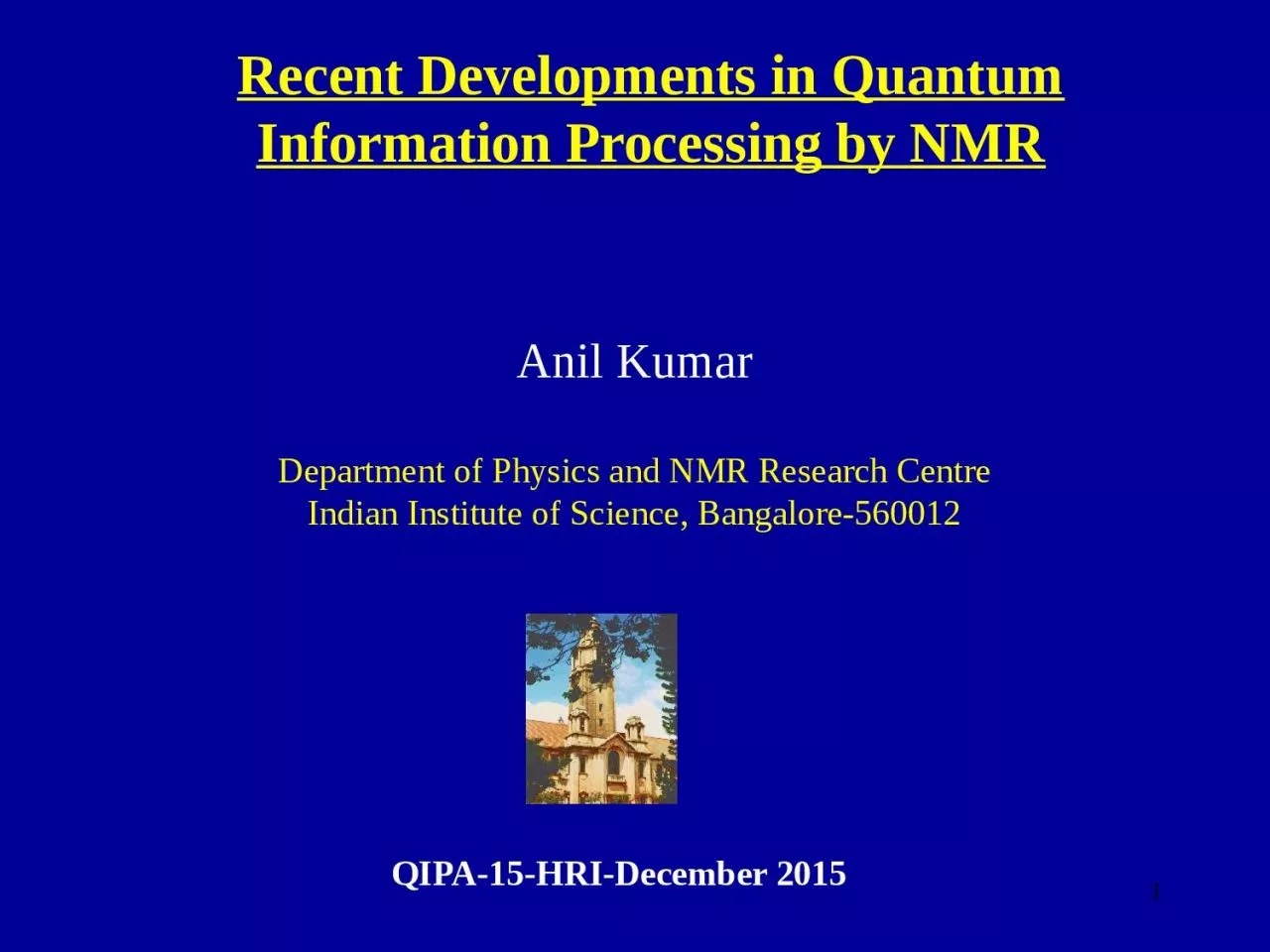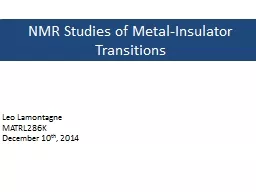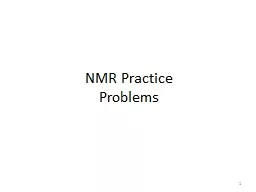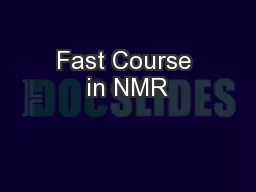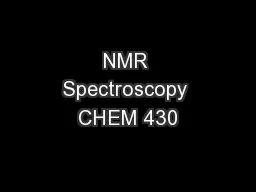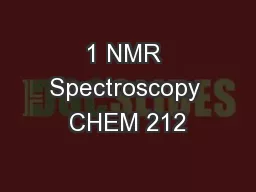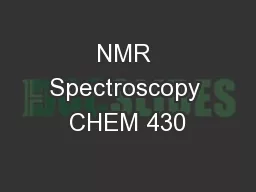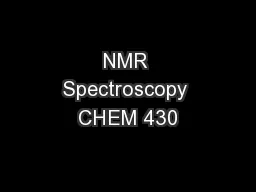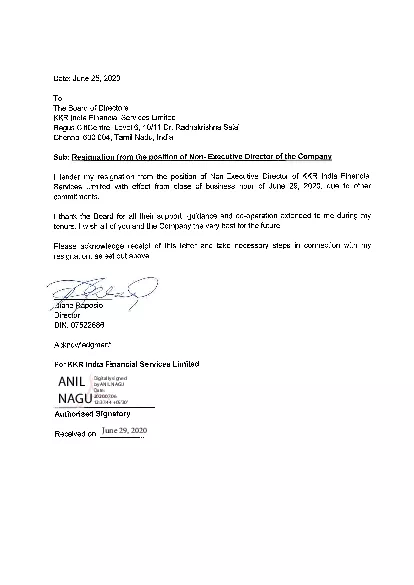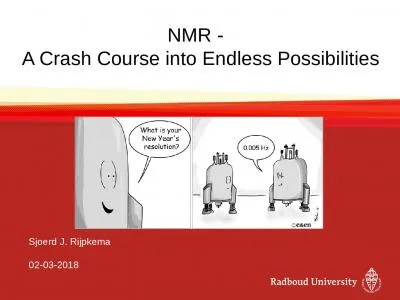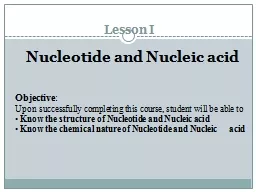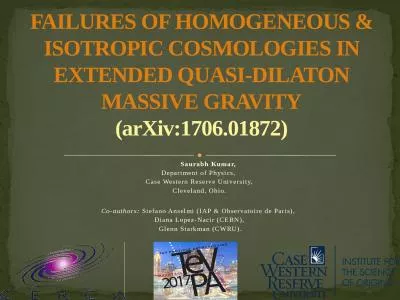PPT-Anil Kumar Department of Physics and NMR Research Centre
Author : HappyHusky | Published Date : 2022-08-04
Indian Institute of Science Bangalore560012 QIPA15HRIDecember 2015 Recent Developments in Quantum Information Processing by NMR 1 Experimental Techniques for Quantum
Presentation Embed Code
Download Presentation
Download Presentation The PPT/PDF document "Anil Kumar Department of Physics and NMR..." is the property of its rightful owner. Permission is granted to download and print the materials on this website for personal, non-commercial use only, and to display it on your personal computer provided you do not modify the materials and that you retain all copyright notices contained in the materials. By downloading content from our website, you accept the terms of this agreement.
Anil Kumar Department of Physics and NMR Research Centre: Transcript
Download Rules Of Document
"Anil Kumar Department of Physics and NMR Research Centre"The content belongs to its owner. You may download and print it for personal use, without modification, and keep all copyright notices. By downloading, you agree to these terms.
Related Documents

